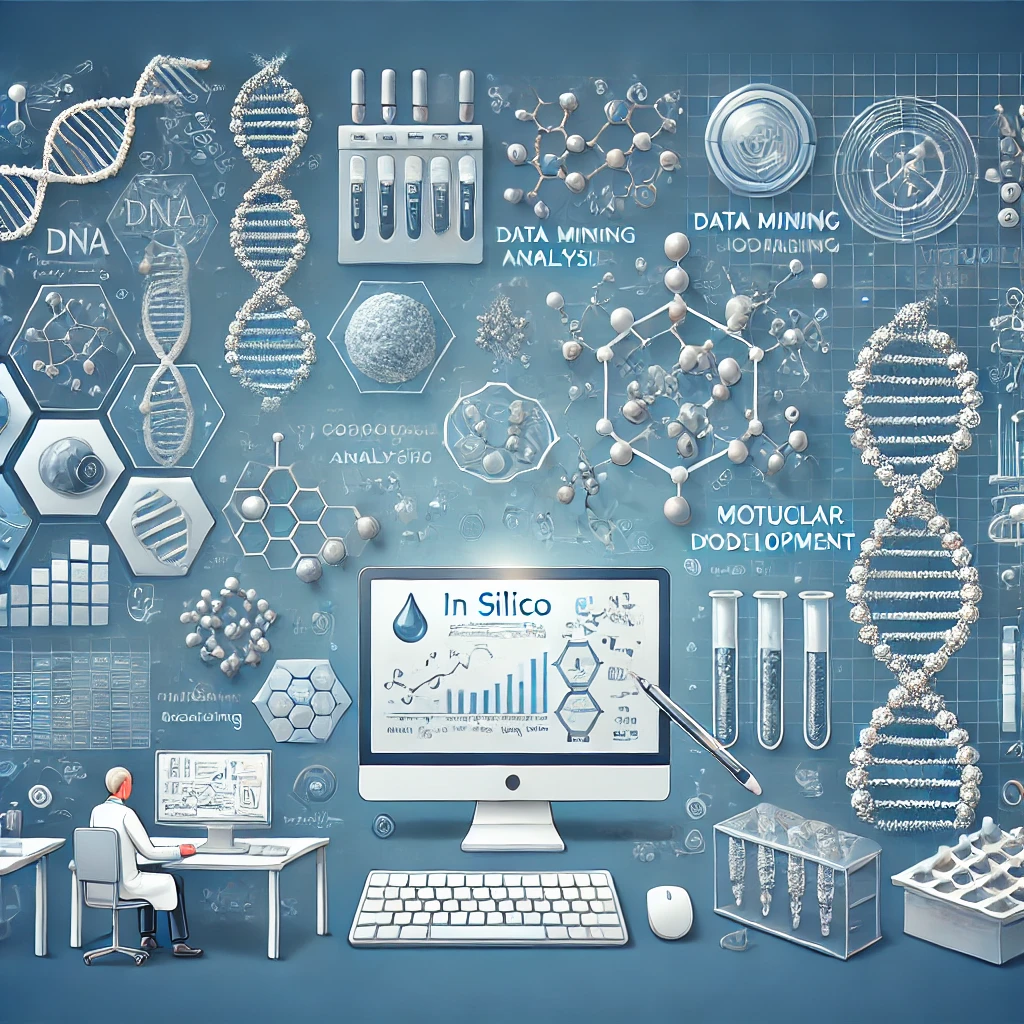
In Silico Functional Food Development
-
1. Molecular docking simulations:
This technique predicts how molecules (like potential bioactive compounds) interact with target proteins in the body. It helps identify promising candidates for functional food ingredients by simulating their binding affinity and interaction mechanisms.
-
2. Quantitative structure-activity relationship (QSAR) modeling:
QSAR models relate chemical structures to biological activities. They can predict the potential effects of new compounds based on their structural similarities to known bioactive molecules, helping to identify promising functional food ingredients.
-
3. Nutrigenomics data analysis:
This involves analyzing how nutrients interact with genes and influence gene expression. In silico tools can process large-scale genomic data to predict how specific food components might affect gene expression and metabolic pathways.
-
4. Metabolic pathway modeling:
This service simulates how nutrients and bioactive compounds are processed in the body. It can predict metabolic outcomes and potential health benefits of functional food ingredients.
-
5. Bioactive compound prediction:
Using machine learning and other computational methods, this service predicts potential bioactive compounds from databases of natural products or synthetic libraries, speeding up the discovery of new functional food ingredients.
-
6. Protein-ligand interaction simulations:
Similar to molecular docking, but often more detailed, these simulations model how food components (ligands) interact with target proteins in the body, helping to understand their potential effects.
-
7. Virtual screening of bioactive compounds:
This involves computationally screening large libraries of compounds to identify those with desired properties or activities, significantly accelerating the ingredient discovery process.
-
8. Systems biology modeling of nutrient interactions:
This approach models complex interactions between multiple nutrients and body systems, providing a more holistic view of how functional foods might affect health.
-
9. In silico digestion and bioavailability prediction:
These models simulate the digestion process and predict how well the body might absorb and utilize specific compounds, helping to assess the potential efficacy of functional food ingredients.
-
10. In silico analysis of bioactive peptides:
This service focuses on computational methods to predict, analyze, and design bioactive peptides for functional foods. It typically includes: sequence-based prediction, structure-function relationship analysis, molecular dynamic simulation, database mining, de novo peptide design, peptide-protein interaction, and QSAR.








